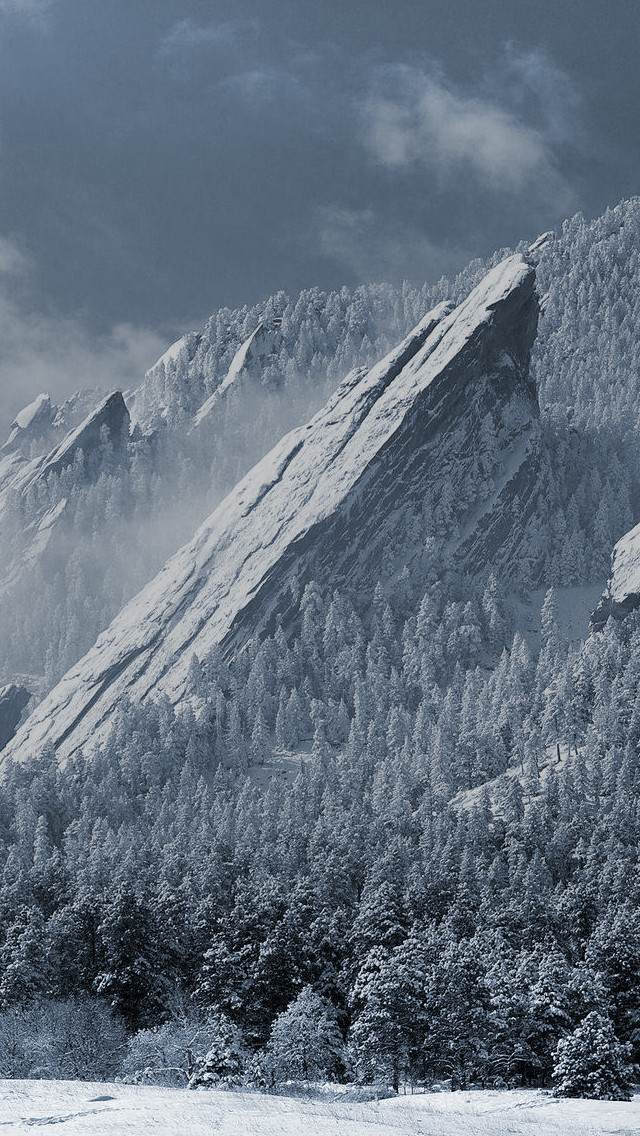Image captioning is a very classical and challenging problem coming to Deep Learning domain, in which we generate the textual description of image using its property, but we will not use Deep learning here. In this article, we will simply learn how can we simply caption the images using PIL. Preprocessing on images is a great utility provided by Python PIL library. Not only we can change size, mode, orientation but we can draw on images, write text over it as well. Install the required libraries:
urllib requests PIL glob shutil
Steps to follow first –
- Download the font.ttf file (before running the code) using this link.
- Make folder with name as “CaptionedImages” beforehand where the output captioned images will be stored.
Below is the stepwise implementation using Python: Step #1:
Python3
# importing required librariesimport urllibimport requestsimport os# retrieving using image url urllib.request.urlretrieve("https://i.ibb.co/xY4DJJ5/img1.jpg", "img1.jpg")urllib.request.urlretrieve("https://i.ibb.co/Gnd1Y1L/img2.jpg", "img2.jpg")urllib.request.urlretrieve("https://i.ibb.co/Z6JgS1L/img3.jpg", "img3.jpg")print('Images downloaded')# get current working directory pathpath = os.getcwd()captionarr = [ "This is the first caption", "This is the second caption", "This is the third caption" ] |
Step #2:
Python3
# importing necessary functions from PILfrom PIL import Imagefrom PIL import ImageFontfrom PIL import ImageDraw # print(os.getcwd())# checking the file mime types if# it is jpg, png or jpegdef ext(file): index = file.find(".jpg") current_file = "" current_file = file[index:] return current_file def ext2(file): index = file.find(".jpeg") current_file = "" current_file = file[index:] return current_file def ext3(file): index = file.find(".png") current_file = "" current_file = file[index:] return current_file # converting text from lowercase to uppercasedef convert(words): s = "" for word in words: s += word.upper() return scaption_first = convert(captionarr[0])caption_second = convert(captionarr[1])caption_third = convert(captionarr[2]) print(caption_first)print(caption_second)print(caption_third)count = 0for f in os.listdir('.'): try: # Checking for file types if jpg, png # or jpeg excluding other files if (ext(f) == '.jpg' or ext2(f) == '.jpeg' or ext3(f) == '.png'): img = Image.open(f) width, height = img.size basewidth = 1200 # print(height) # Resizing images to same width height wpercent = (basewidth / float(img.size[0])) hsize = int((float(img.size[1])*float(wpercent))) img = img.resize((basewidth, hsize), Image.ANTIALIAS) new_width, new_height = img.size # print(new_height) # changing image mode if not in RGB if not img.mode == 'RGB': img = img.convert('RGB') draw = ImageDraw.Draw(img) # font = ImageFont.truetype(<font-file>, <font-size>) # initializing which font will be chosen by us font = ImageFont.truetype("Arial Bold.ttf", 35) # First Caption on First image if count == 0: draw.text((new_width / 15 + 25, new_height - 100), caption_first, (255, 0, 0), font = font, align ="center") # Second Caption on Second image elif count == 1: draw.text((new_width / 15 + 25, new_height - 100), caption_second, (255, 0, 0), font = font, align ="center") # Third Caption on Third image else: draw.text(( new_width / 15 + 25, new_height - 100), caption_third, (255, 0, 0), font = font, align ="center") img.save("CaptionedImges/{}".format(f)) print('done') count = count + 1 except OSError: pass |
Step #3: Sorting the output files in accordance to last modified time so that they do not get placed in alphabetical or any other mismanaged order.
Python3
import osimport globimport shutil# changing directory to CaptionedImagesos.chdir(".\\CaptionedImges") fnames = []for file in os.listdir('.'): # appending files in directory to the frames arr fnames.append(file) # sorting the files in frames array # on the basis of last modified time# reverse = True means ascending order sortingfnames.sort(key = lambda x: os.stat(x).st_ctime, reverse = True) |
Output: 






